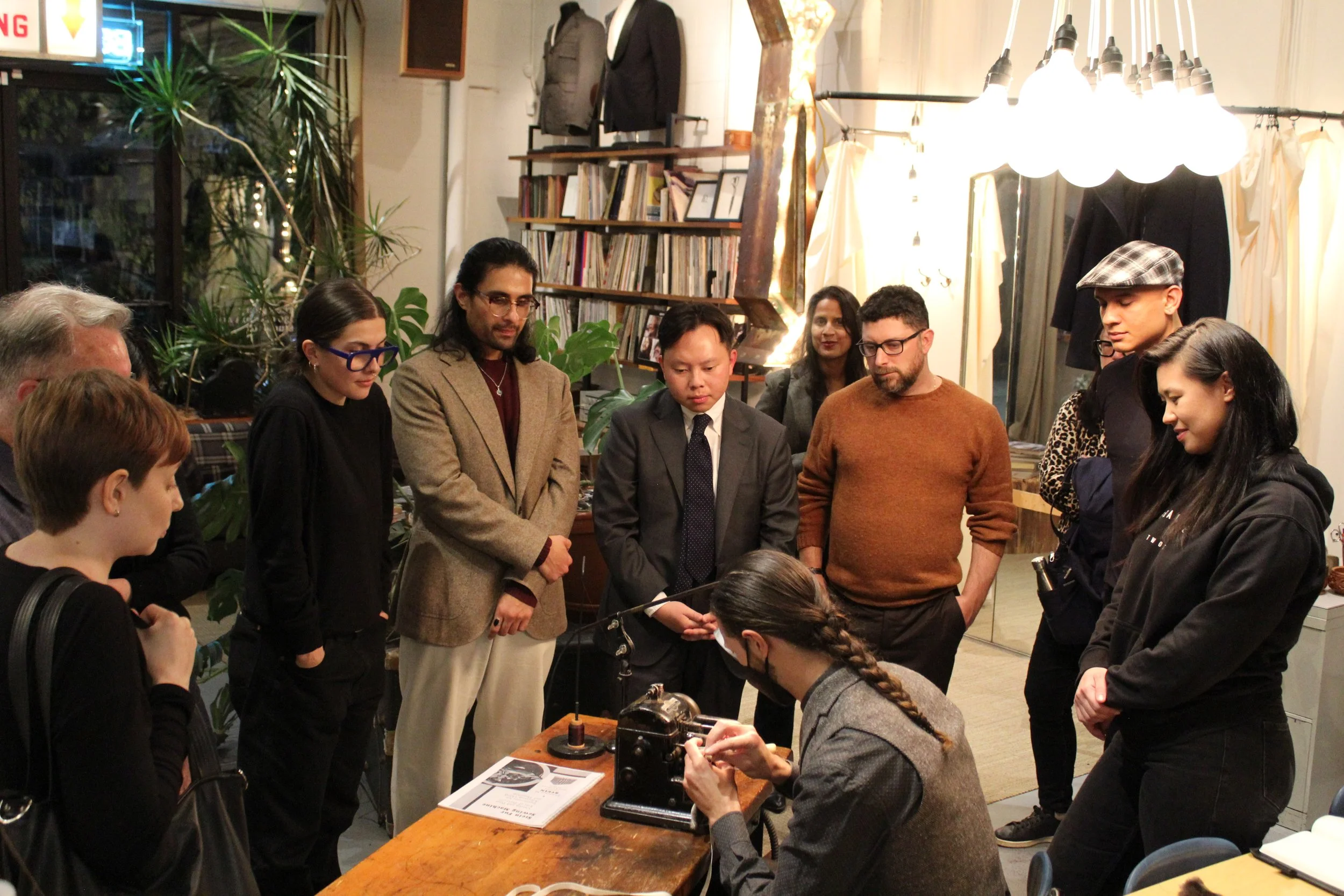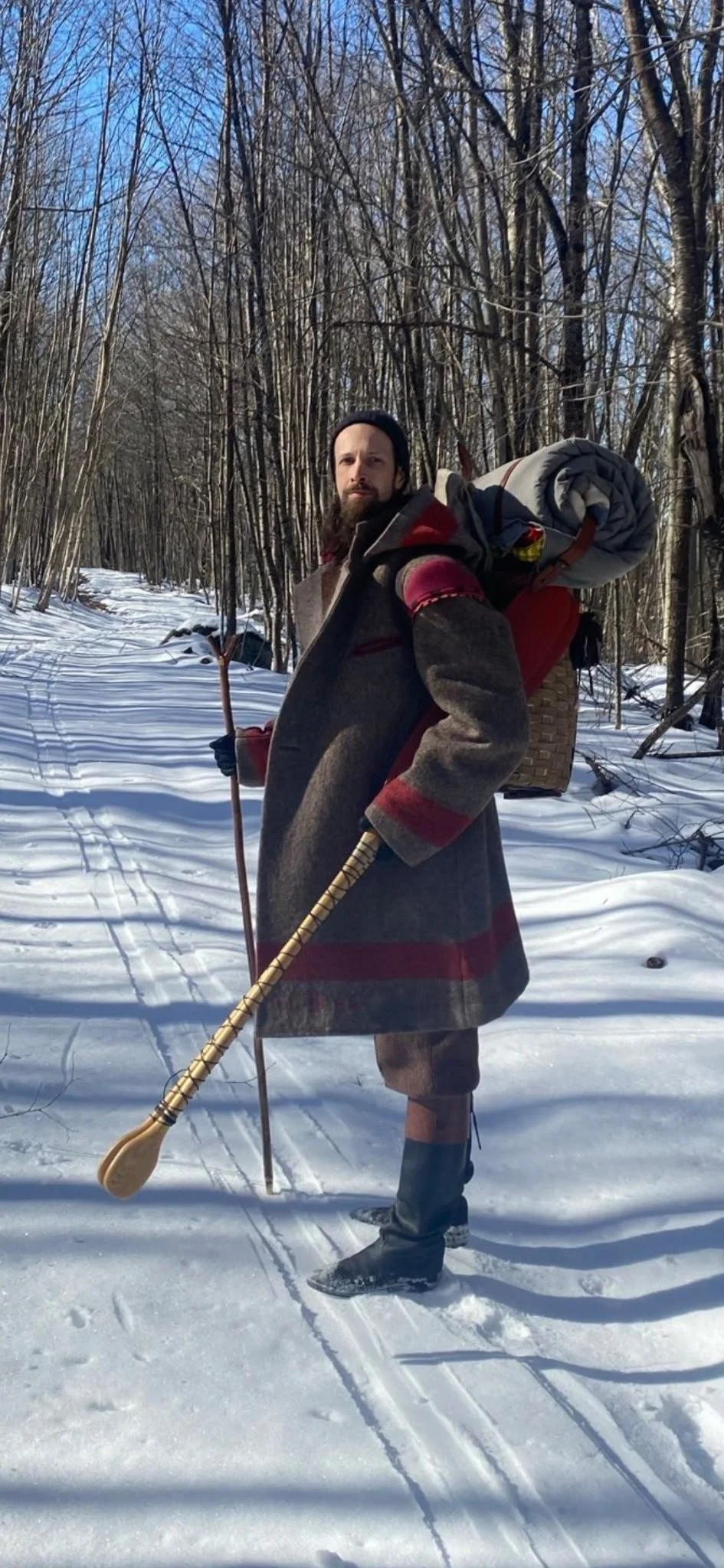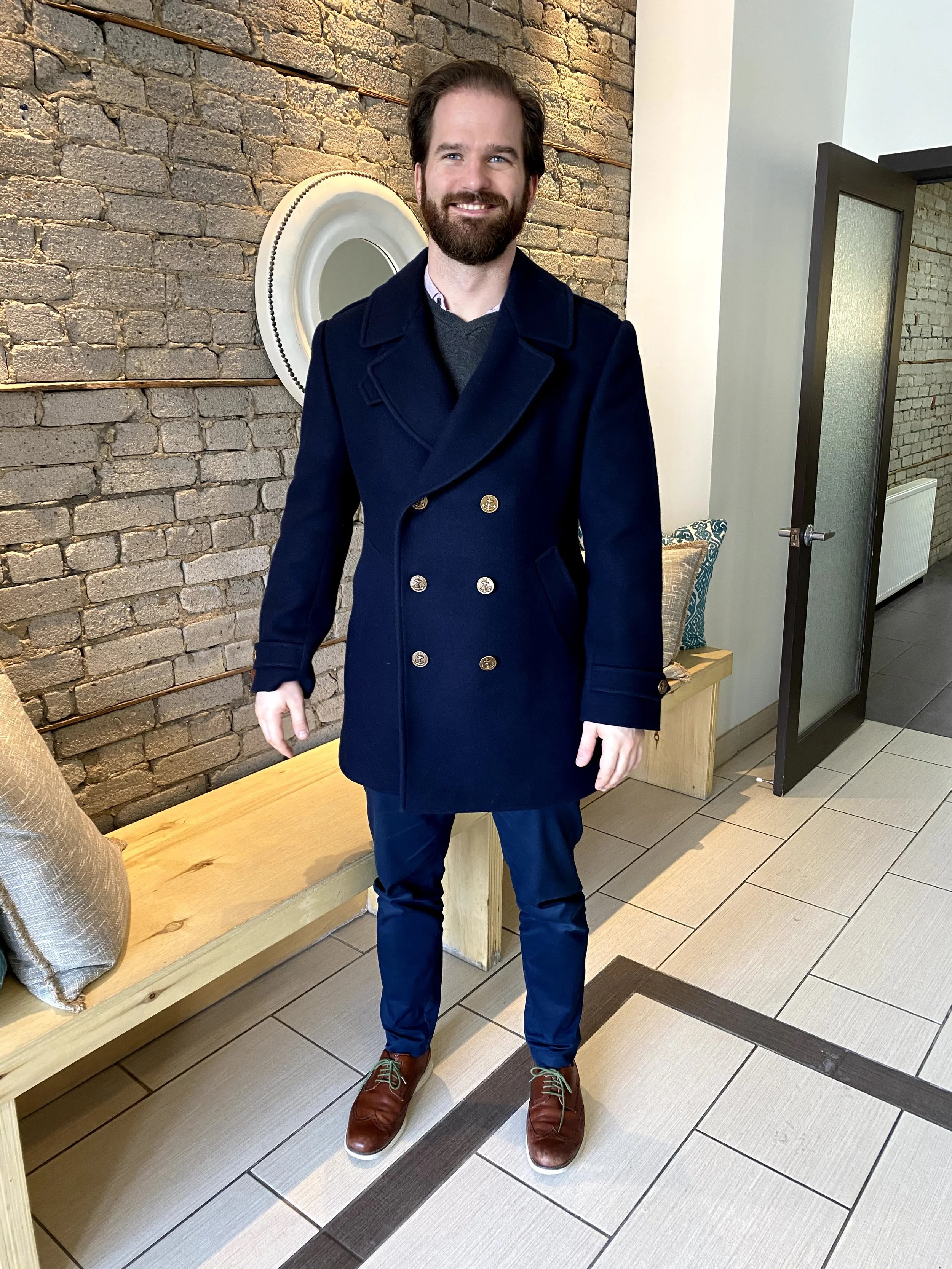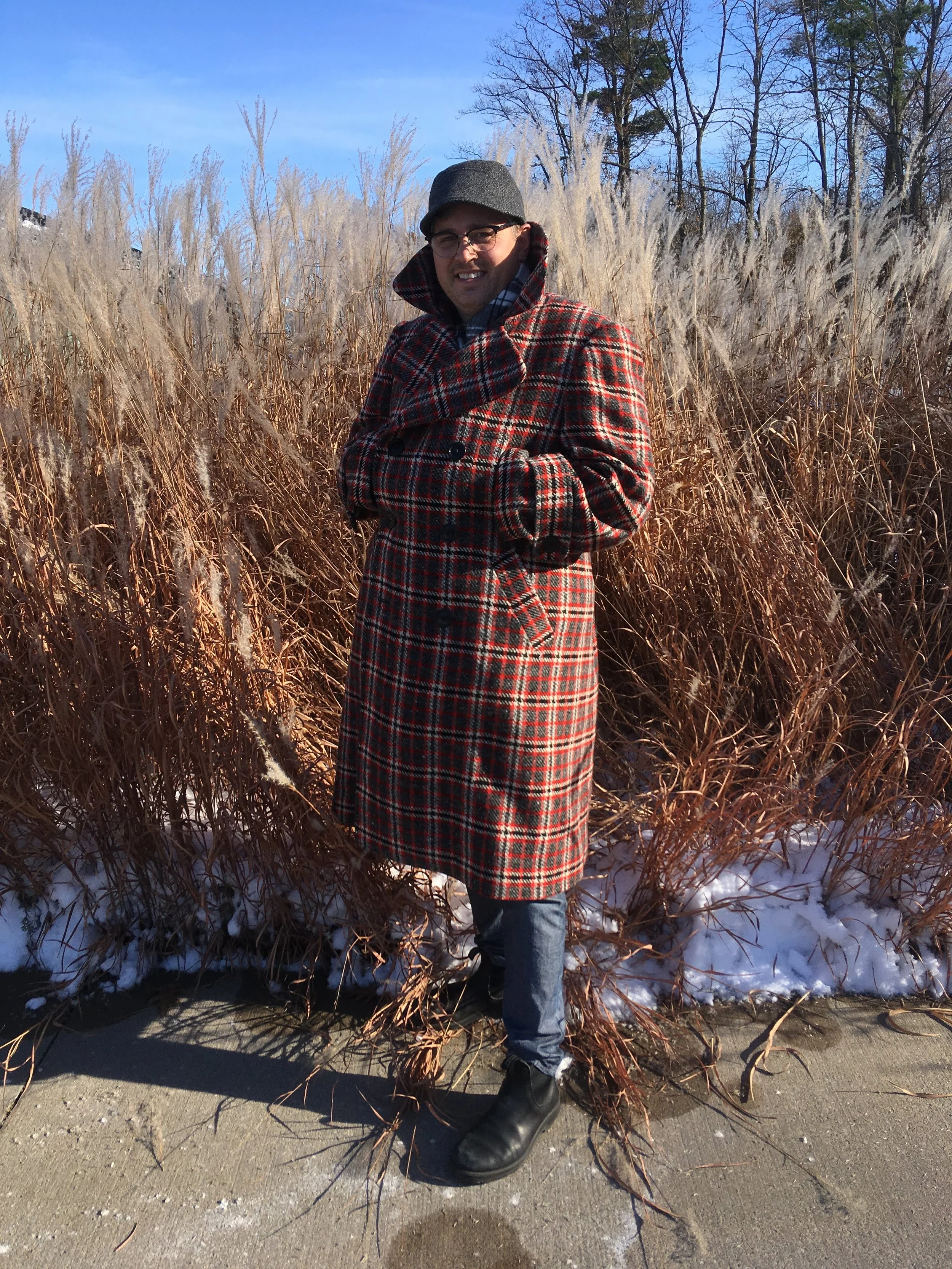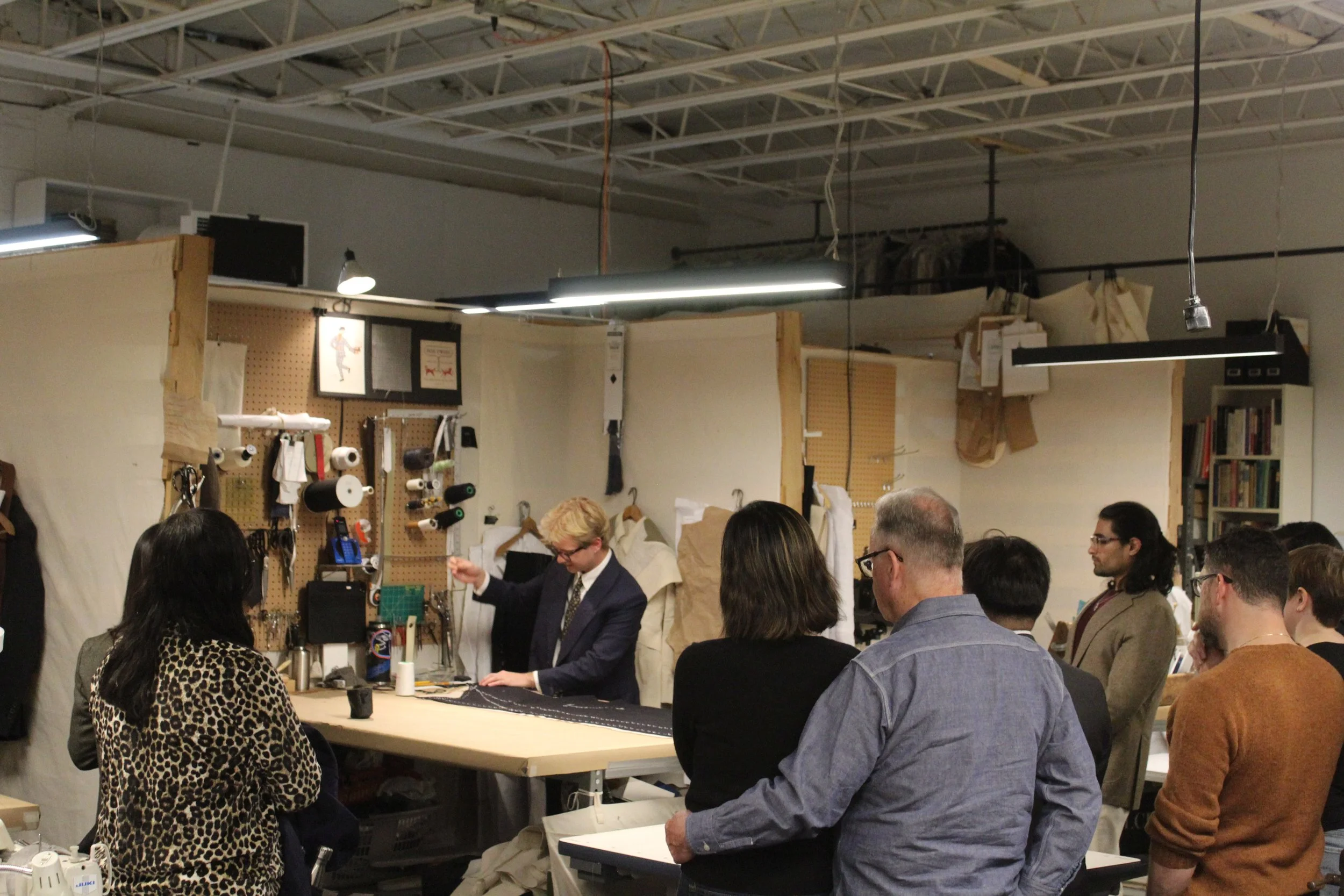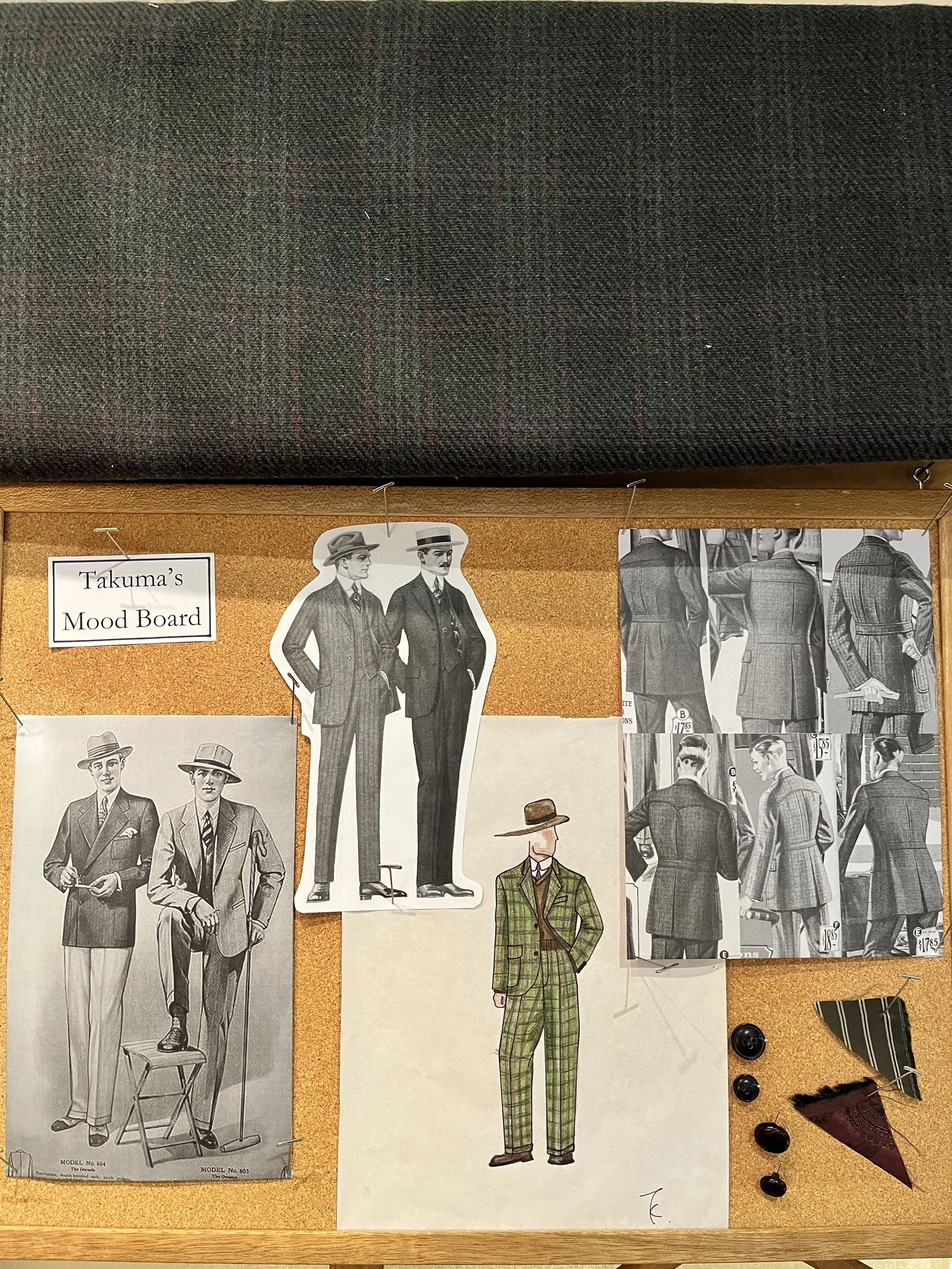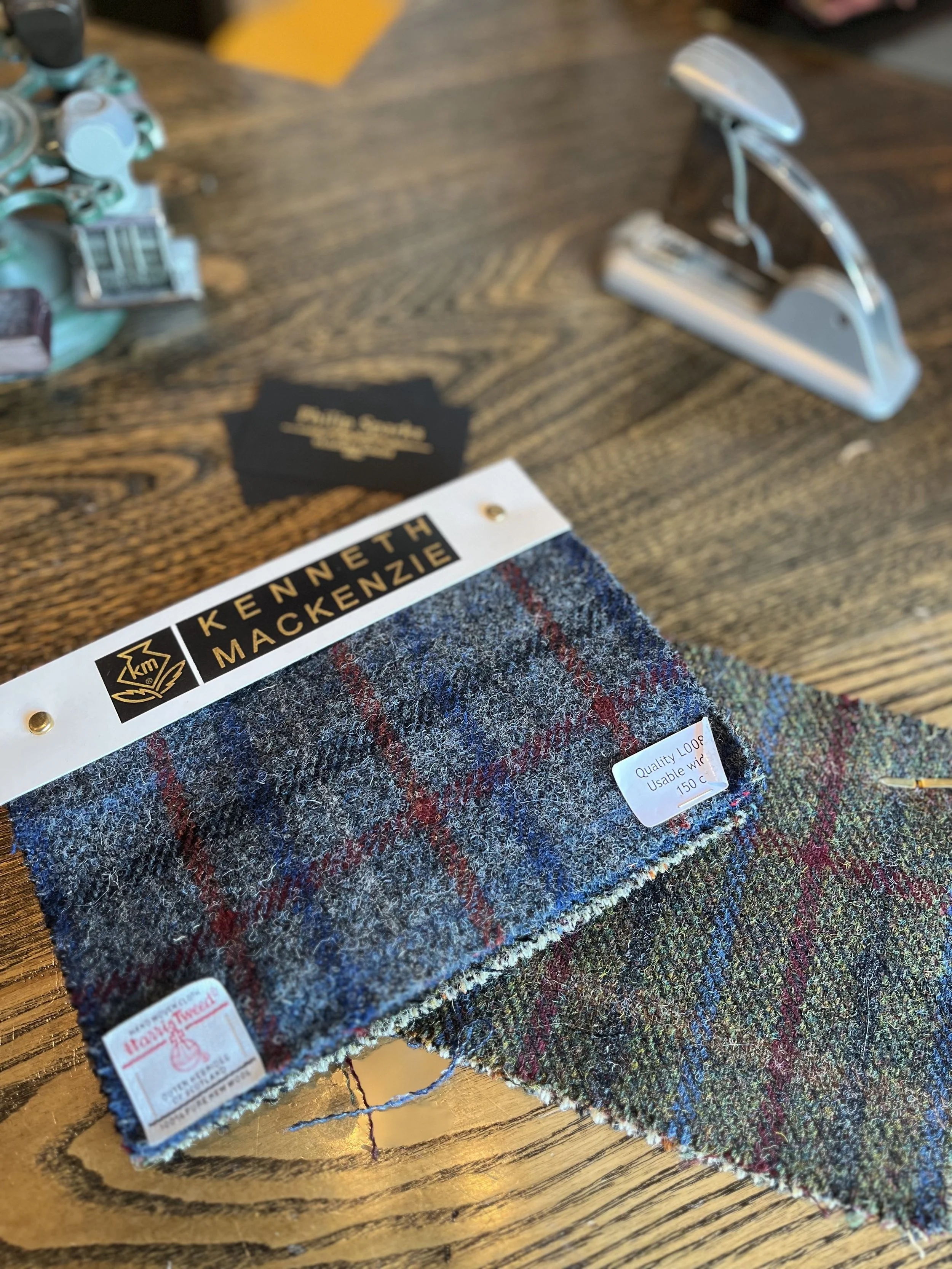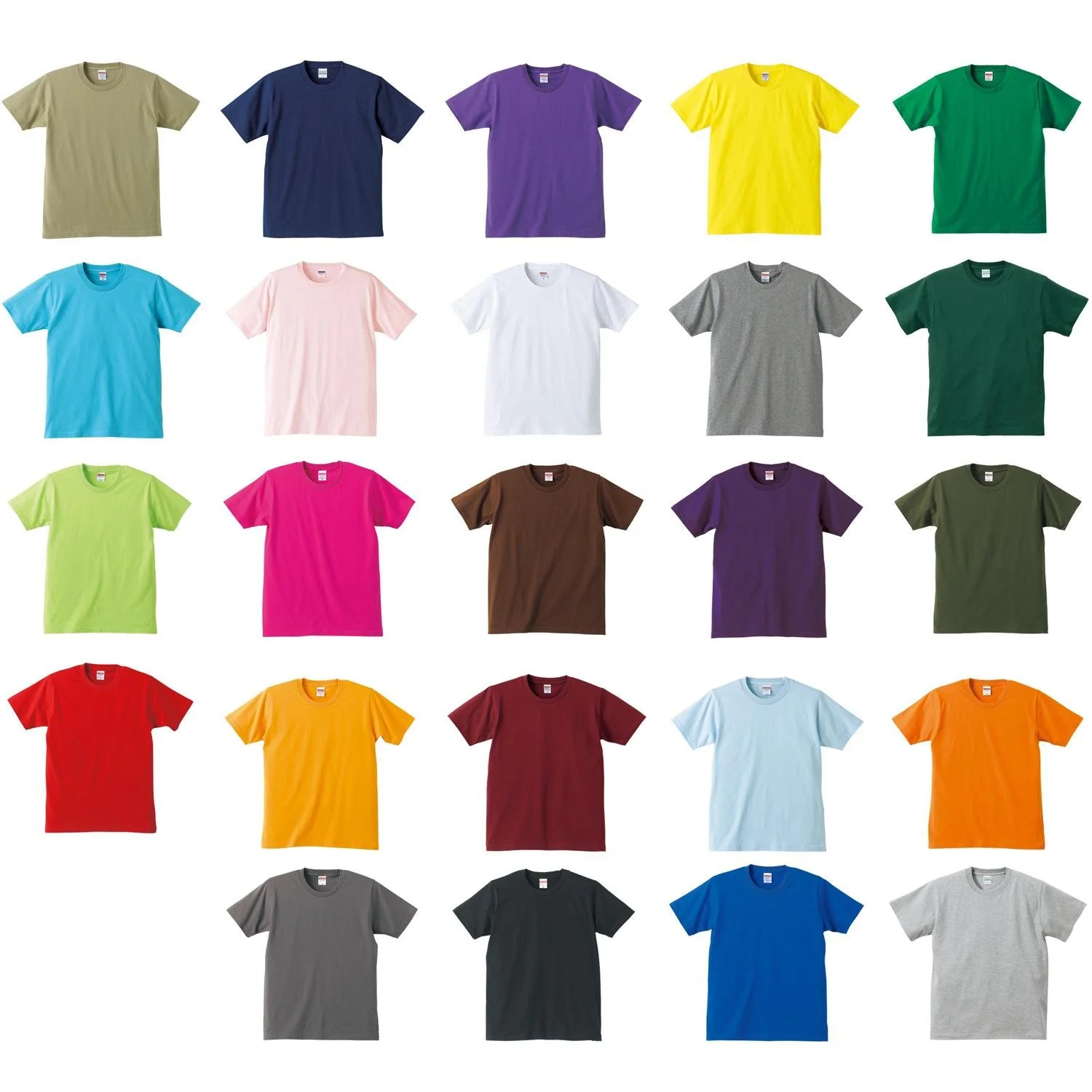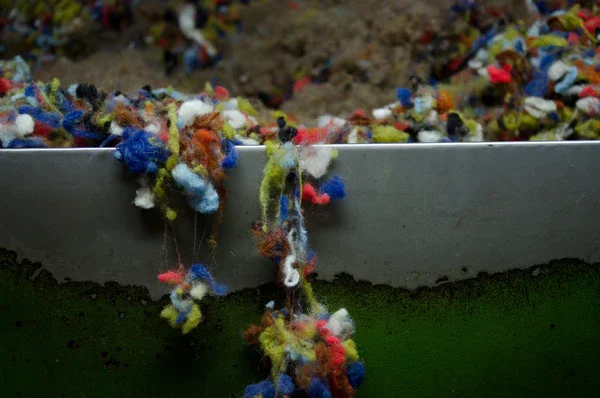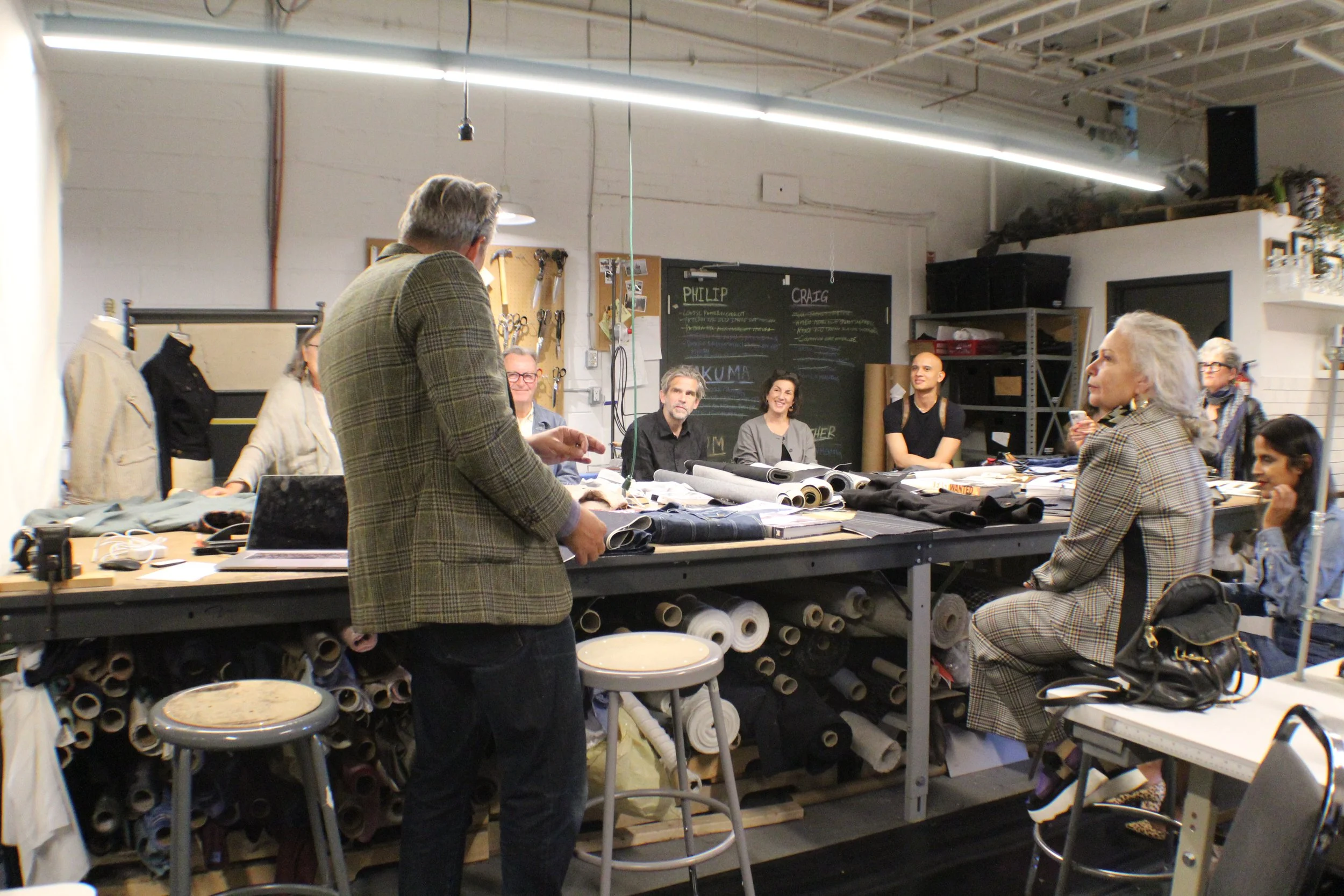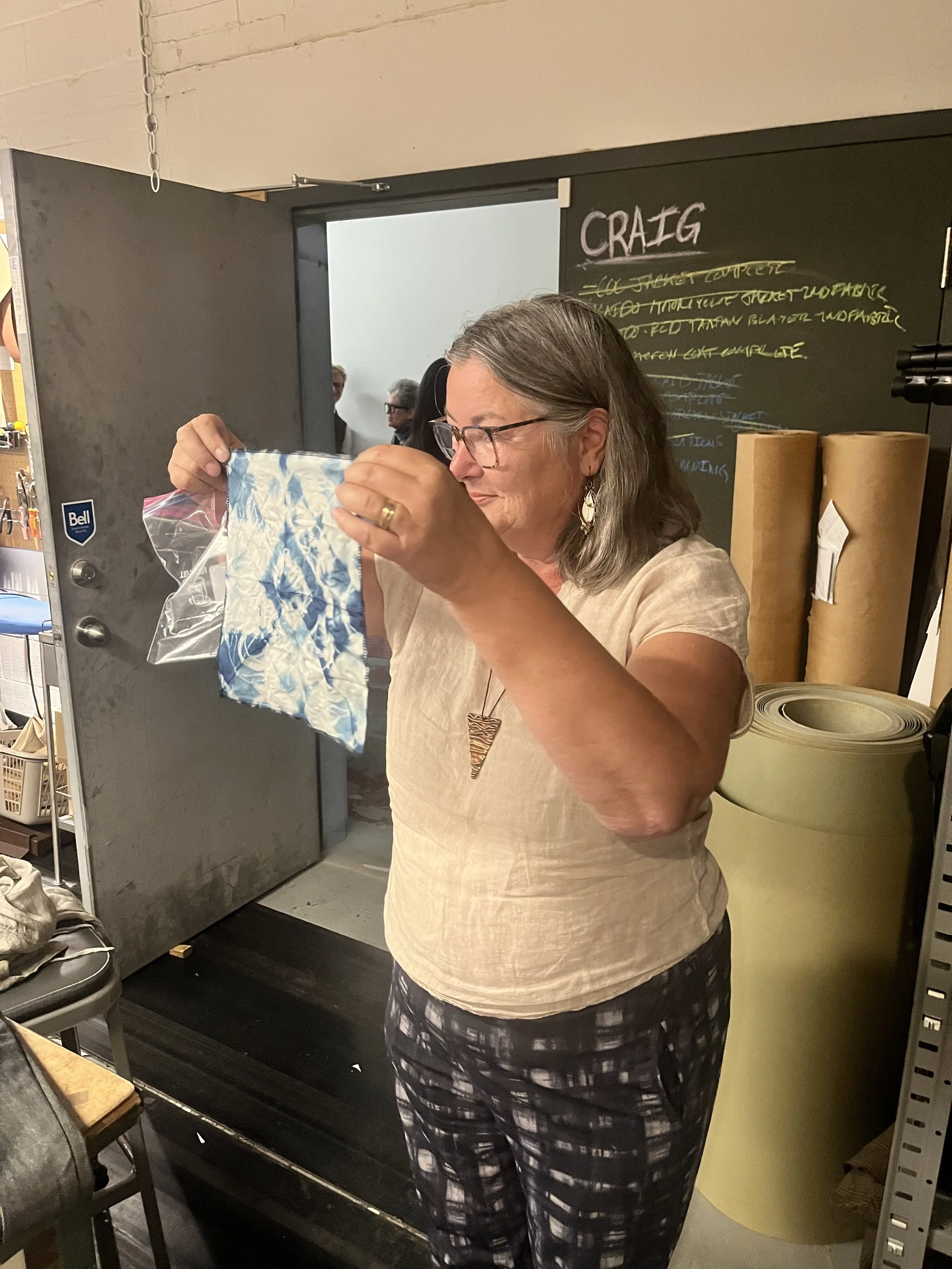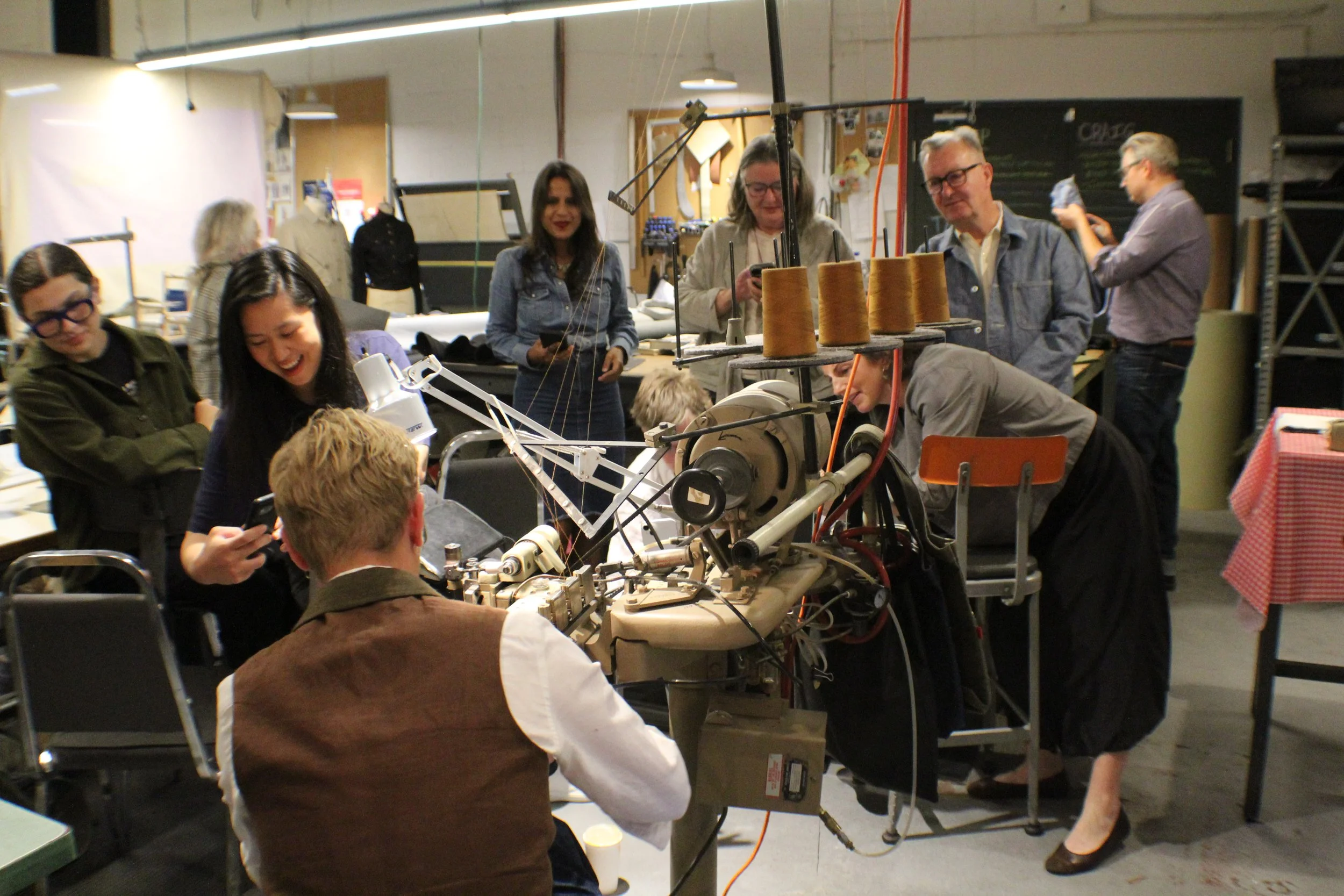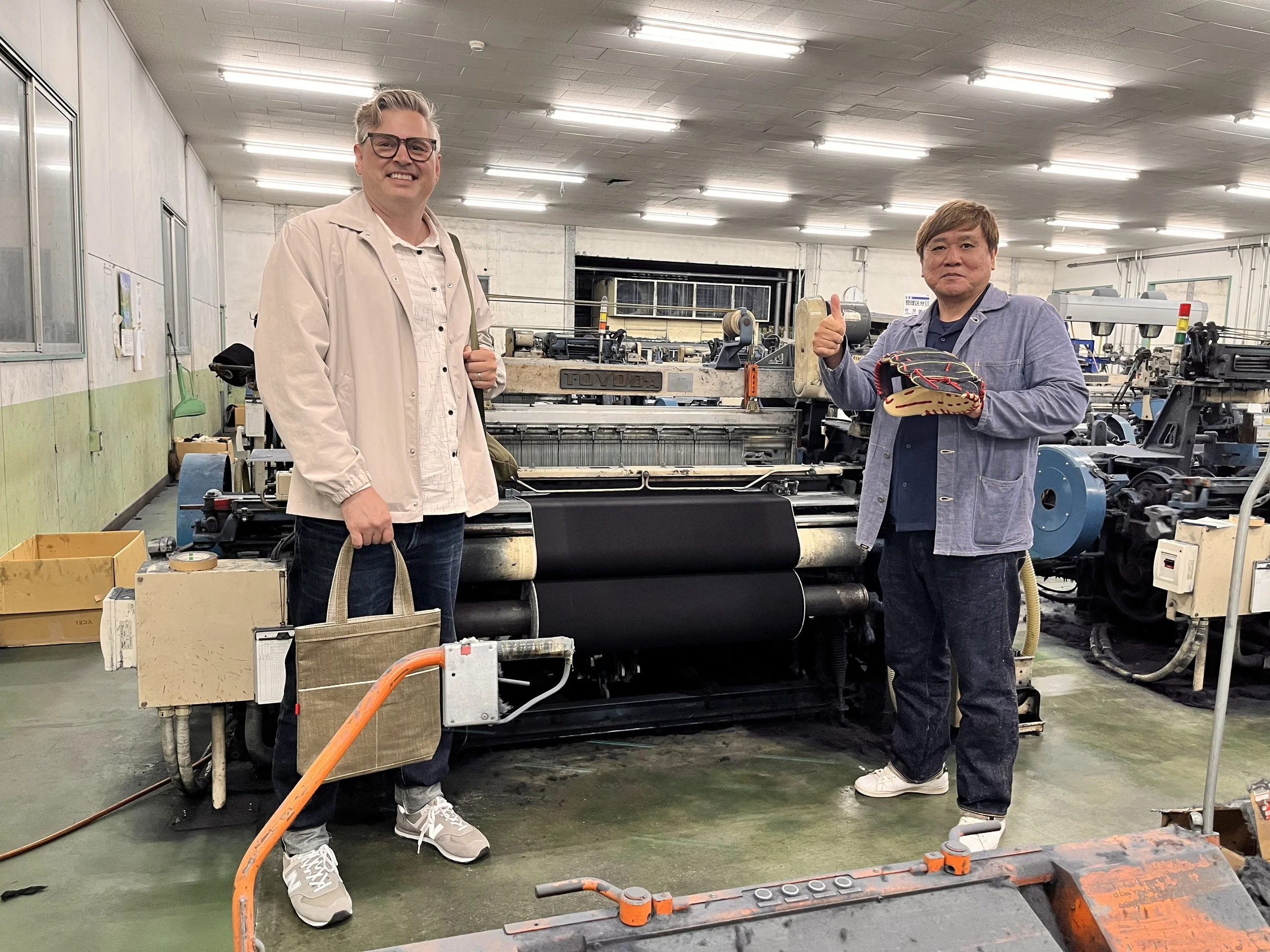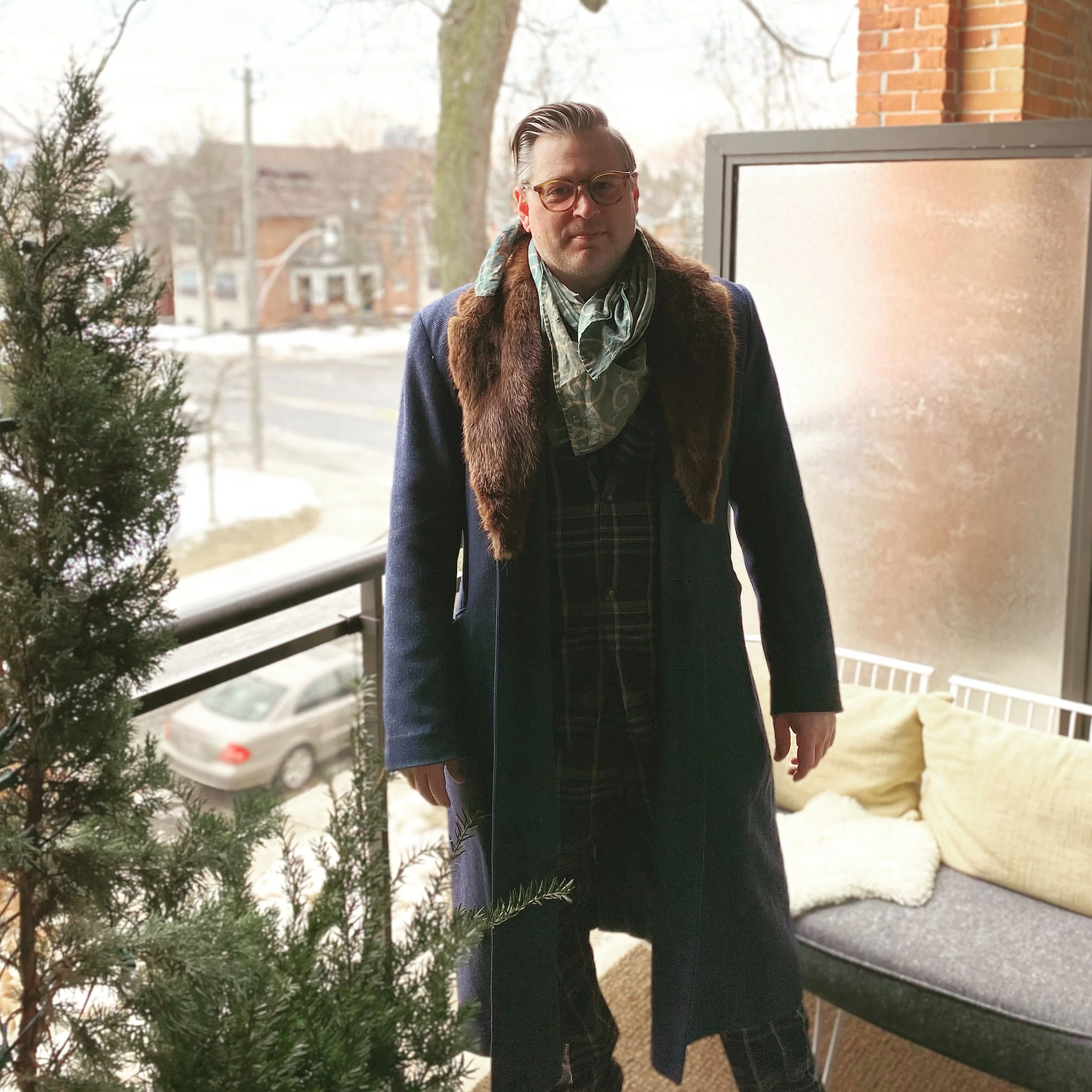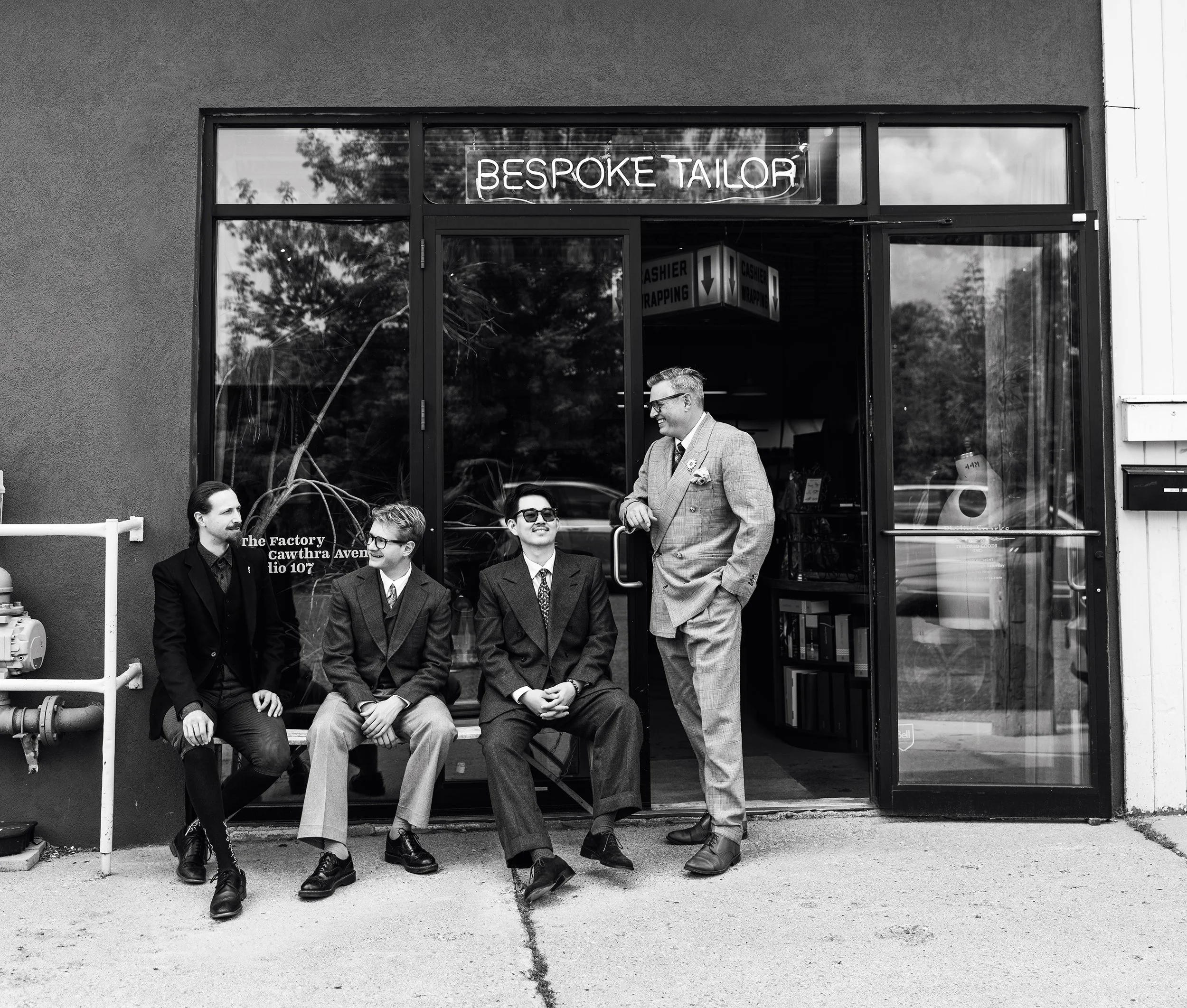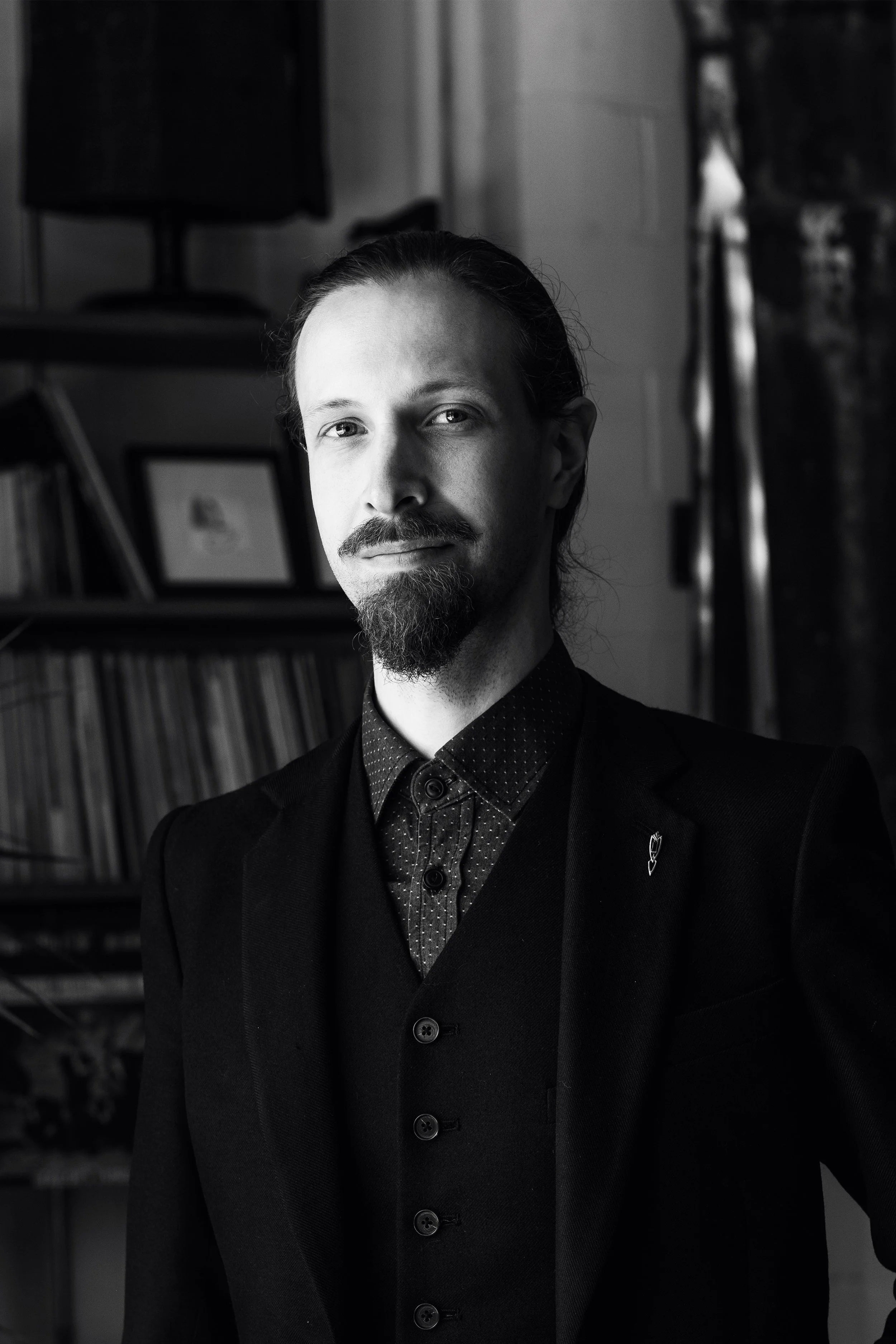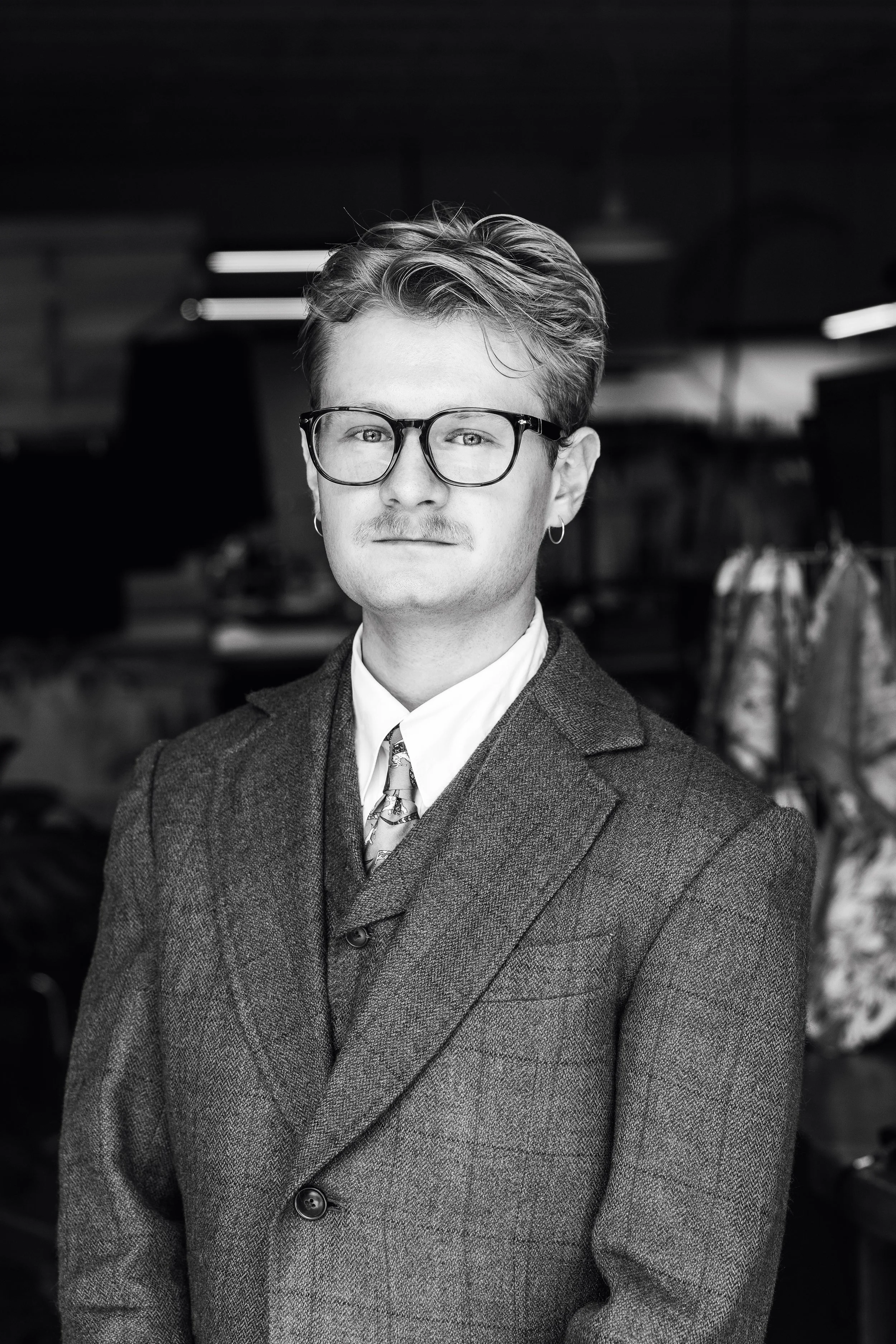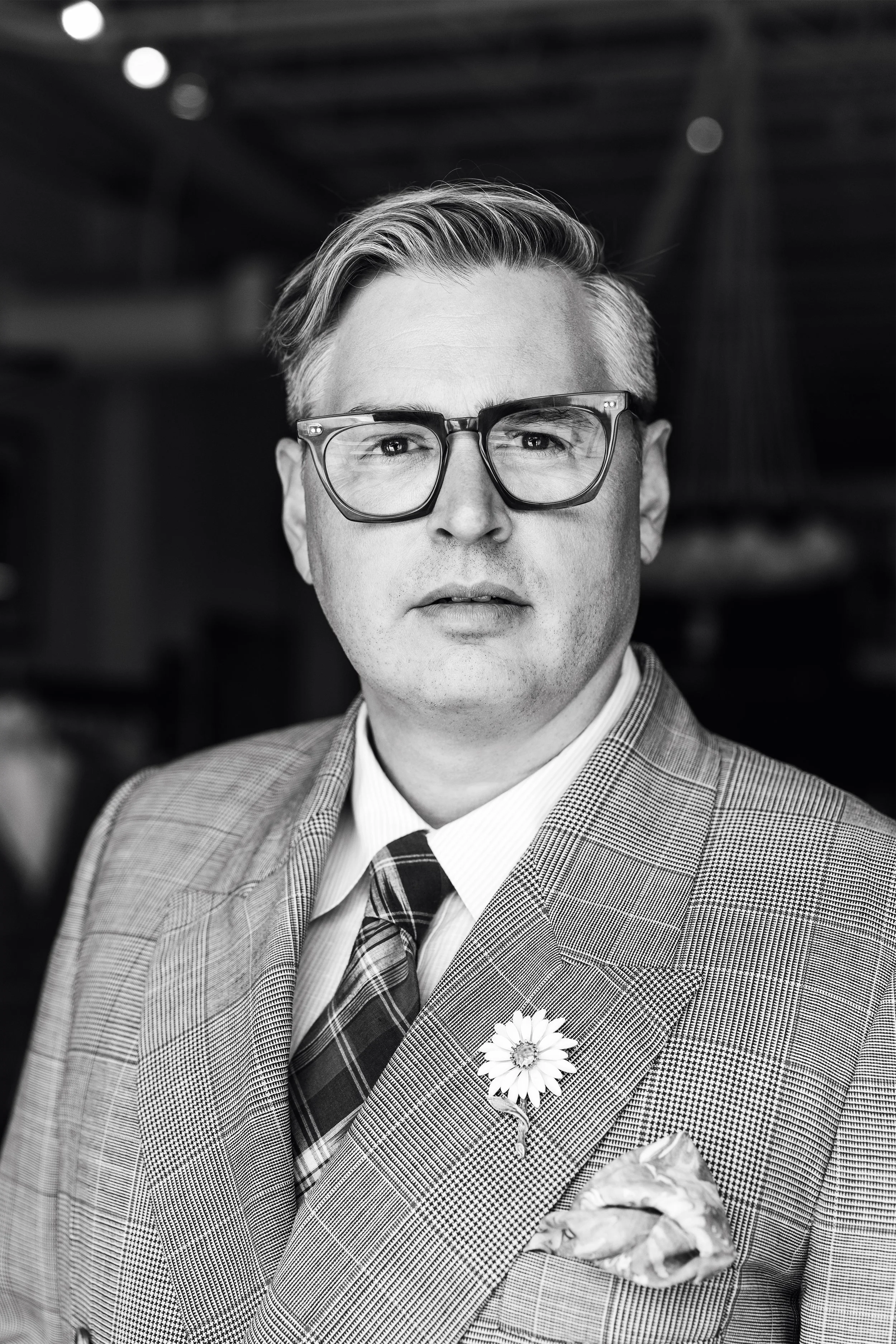We hosted another great workshop on Nov. 7, this one focused on overcoats. I hope I’m not to blame for the early onset of winter, but, wow, was the timing right on for this workshop. Toronto was hit by its first blast of winter snow the following day
Craig demonstrating on a fur machine
We love making overcoats and, from what I’ve read on international tailor forums, we are pretty lucky that we get so many commissions every year. I give some credit to the Toronto climate for our specialization in this area. The need for a good winter overcoat in Toronto extends for almost six months out of the year. They are our favorite garments to create.
Variation on a pea coat from Fall 2008
OVERCOAT STYLES
One of the reasons we love making overcoats so much is because there are so many options. Yes, there are lots of suit styles as well, but our community seems to have a broader idea of what they like in a piece of outerwear, which means we get to have a lot of fun.
Craig in a Blanket Coat he made in the shop
Blanket Coats are as Canadian as they get. These simpler, long, wrapped coats – usually with a hood – are, you guessed it, made from blankets. We have created a fair number of them including the one pictured here that Craig made for himself from a vintage Swiss army blanket.
Brandon in a Town Coat made in the shop
Town Coats are the opposite of a blanket coat. They are made to wear over a blazer, can range in length from knee to mid-calf, and can be single or double breasted. They almost always sport a structured shoulder, a roped sleeve and can have a peaked or notched lapel.
Peter in a Pea Coat made in the shop
A Pea Coat’s origin is in the navy, and they are traditionally navy blue in colour. These coats are usually cut mid-thigh and double breasted with a higher break, a wider lapel, and collars that are rounded at the corner. While you can’t go wrong with a classic version, there are many possible variations of this style.
A Chesterfield with a leather collar instead of the traditional velvet
A Chesterfield is tougher to define. I see them as single or double breasted and in a variety of lengths. The main feature is a top collar cut in a different cloth, usually in a black velvet but, in the case of the coat pictured here, leather works too.
Philip in Car Coat made in the shop
A Car Coat is my personal favorite coat style. Cut to shelter you, these long loose coats accommodate many layers and are meant to keep you warm for extended periods in the cold. You might also sometimes hear them called stadium coats, in reference to historical illustrations showing them being worn at outdoor sporting events in colder weather. They were originally made for cars that did not have enclosed cabs. They are also usually double breasted with an even wider, pea coat-style collar, usually with back belts that let you cinch in extra material when you aren’t wearing as many layers. The one pictured here is my own, made in the shop. It is my personal favorite item of clothing. It gives me something to look forward to when the temperature goes below minus-20.
Andrew in a Balmacaan Coat made in the shop
Balmacaan Coats are named after a place in Scotland. They are usually made of tweed cloth in slightly lighter weights than some of our heftier deep winter overcoats and are usually only partially lined. Key features of a Balmacaan are its raglan sleeve and convertible style of collar. Did you know that a raglan sleeve is named after Lord Raglan, who needed a coat sleeve that was easier to put on after losing an arm in battle. This sleeve style was developed for him to make a coat easier to put on and take off.
Philip in an oversized “fashion” coat
I could go on. At the talk, we also discussed duffle coats, work coats, capes, cloaks, opera coats and fashion coats, all of which are items we produce in the shop
PRACTICAL DETAILS
Back Belt on a Car Coat
There are many other practical details that we put into overcoats. Storm tabs are common elements at the cuff or collar of an overcoat, allowing you to button up at the neck or tighten things up at the sleeve to block wind. Collars that pop are something a client should request. We can shape wider under collars so that the collar still sits neat and high to the back of the neck when worn down, but when popped it fits around the back of the head and chin. Back belts are great ways to nip in the waist or to let a coat out in the waist as extra under layers are required in colder weather. Another practical detail is a button in the back vent that can be done up on a blustery day.
OVERCOAT CONSTRUCTION
Tom demonstrating how to baste in a canvas
Tom delivered a great demonstration of how a canvas is basted into a coat front and we discussed the variety of weights of canvas that can be used to increase or decrease the weight of an overcoat. We talked about the Canadian-made, flannel-backed Kasha linings that we add to coats for extra warmth, about flannel lined pockets and suede backed liners that keep the wind off your kidneys.
MATERIALS
Overcoat materials on display
We talked about the various tweeds and woolens that are appropriate for overcoats but, most importantly, we talked about wool’s ability to felt. Melton, for example, is a cloth that has been woven and then boiled (or fulled) and felted. This makes a cloth that is very dense and heavy and blocks more wind. We also explored other fibres like camel hair and cashmere that make for luxuriously soft and warm overcoats.
FUR
A detachable fur liner in a coat
Craig shared a demonstration of how fur is cut with a special knife from the back side so as not to cut the hair. We also had a demonstration of how fur is pieced together and sewn to appear seamless using our vintage Bonis Never Stop fur sewing machine. We talked about how old furs can be recycled and the joys of accessories that can be added to an overcoat like detachable fur collars, mitts, gloves and removable inner fur vest.
If you want to know more about what your options for outerwear are, please book a consultation. There might still be time to create your perfect piece of outerwear in time for the holidays.

